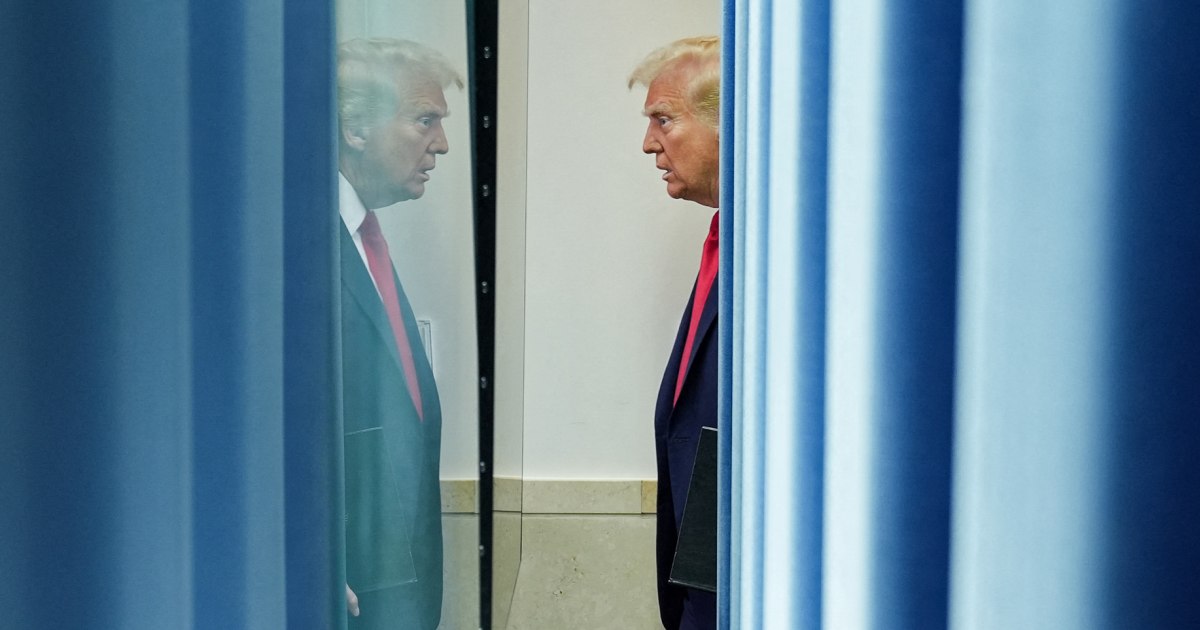Unpacking the Hidden Costs: What Trump’s Tariffs Mean for Your Wallet
As President Trump’s tariffs reshape the economic landscape, consumers may soon face rising prices on everyday goods. The introduction of these tariffs has ignited debates across the nation, prompting discussions about their implications for American households. In this article, we’ll explore the potential financial impact of these tariffs, examining how they might affect your wallet in both the short and long term.
The Basics of Tariffs
To start, it’s essential to understand what tariffs are. A tariff is essentially a tax imposed on imported goods, aimed at making foreign products more expensive in comparison to domestic ones. The intention is to encourage consumers to buy American-made products, which can be beneficial for domestic industries. However, the implementation of tariffs can have far-reaching consequences, particularly for consumers.
Immediate Financial Effects
One of the most immediate effects of Trump’s tariffs is the potential for increased prices on a range of consumer goods. When tariffs are applied to imports, companies often pass these costs onto consumers. Here’s a closer look at how this might unfold:
- Higher Prices for Electronics: Many electronic devices, such as smartphones and laptops, are manufactured overseas. Tariffs on these goods could lead to price increases, which means consumers might have to shell out more cash for the latest gadgets.
- Increased Costs for Clothing: The apparel industry relies heavily on imports for textiles and finished products. Tariffs could mean that the cost of clothing rises, impacting family budgets significantly.
- Rising Food Prices: Tariffs can also affect food prices. For instance, if tariffs are placed on agricultural products, the cost of groceries might rise, straining household finances.
These increases may not be immediate but could manifest gradually as companies adjust their pricing strategies to account for the additional costs imposed by tariffs.
Long-Term Economic Implications
While the immediate effects of tariffs are concerning, the long-term economic implications can be just as significant. Here are several potential outcomes to consider:
- Job Market Disruptions: While tariffs are designed to protect American jobs, they can have the opposite effect. Industries reliant on imported materials may face increased costs, potentially leading to layoffs or reduced hiring.
- Global Trade Relationships: Tariffs can strain relationships with other countries. Retaliatory tariffs may be imposed, further escalating costs for consumers and businesses alike.
- Inflationary Pressures: As prices rise due to tariffs, inflation can become a concern. Higher inflation erodes purchasing power, meaning consumers can buy less with the same amount of money.
Who Really Pays for Tariffs?
It’s a common misconception that tariffs only affect importers and foreign producers. In reality, the financial burden is often passed down to consumers. Studies have shown that a significant percentage of tariff costs are absorbed by households, leading to higher prices on everyday items. According to research from the National Bureau of Economic Research, American consumers pay about 75% of the cost of tariffs through elevated prices.
Strategies for Households to Mitigate Costs
Understanding the implications of tariffs is crucial, but so is finding ways to mitigate their impact on your wallet. Here are some strategies to consider:
- Shop Smart: Look for sales and discounts, especially on goods that may be impacted by tariffs. Buying in bulk when prices are lower can also help save money.
- Embrace Local Products: Supporting local businesses can not only help your community but also reduce reliance on imported goods, which are subject to tariffs.
- Stay Informed: Keeping up with economic news can provide insights into which products are likely to see price increases, allowing you to plan your purchases accordingly.
The Bigger Picture: Economic and Political Considerations
While the focus often remains on the immediate financial implications of tariffs, it’s essential to recognize the broader economic and political context. Tariffs are part of a larger strategy aimed at reshaping trade relationships and addressing concerns about unfair trade practices. However, the effectiveness of this approach remains a point of contention.
Critics argue that tariffs can lead to trade wars, which may ultimately hurt the very industries they aim to protect. On the other hand, proponents assert that tariffs can serve as a tool for negotiating better trade terms and fostering domestic manufacturing. The reality is likely a blend of both perspectives, as the economic landscape continues to evolve in response to these policies.
Future Outlook: What Lies Ahead?
Looking ahead, the future of tariffs and their impact on consumers remains uncertain. Economic analysts are closely monitoring the situation, as shifts in policy could lead to either a reduction in tariffs or an escalation of trade tensions. It’s essential for consumers to remain vigilant and adaptable during this period of economic flux.
In conclusion, Trump’s tariffs are reshaping the economic landscape in ways that may have profound implications for American households. While the immediate financial impact could lead to increased prices on everyday goods, the long-term effects could influence job markets, inflation rates, and global trade relationships. By understanding these dynamics and implementing strategies to mitigate costs, consumers can better navigate the challenges posed by tariffs.
Ultimately, staying informed and proactive will be key to managing the hidden costs that these tariffs may bring to your wallet.
See more CCTV News Daily



